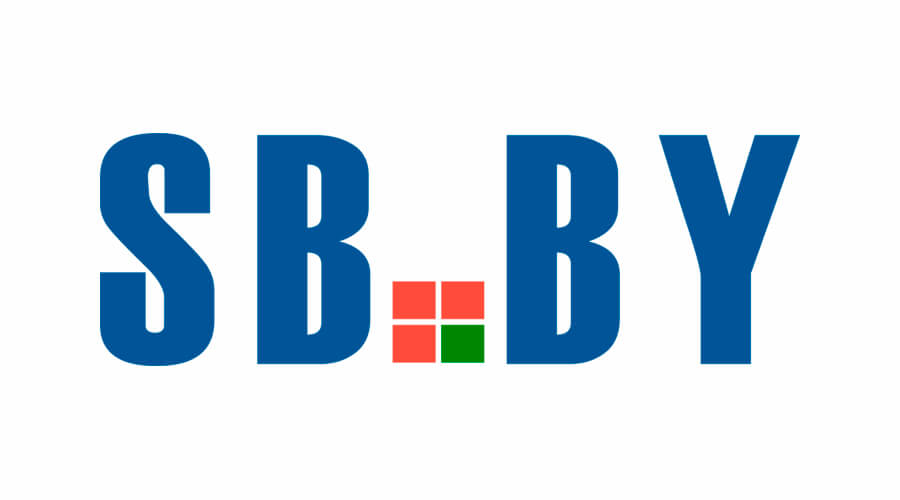The International Telecommunication Union praises Belarus’ achievements in the development of high technologies
Once, back in the early days of mobile communication in Belarus, mobile phone shops would display coverage maps, where major cities and highway intersections were marked in bright yellow. The rest of the country was covered with a scattering of small dots, indicating places where you could use mobile communication. Over time, these maps disappeared because they were no longer needed; mobile communication became available almost everywhere. Later, there was a race of standards, quality and internet speed, but these were mere improvements. People have got used to the fact that they could use a mobile phone — and a little later mobile internet — practically everywhere.

Service available to everyone
This year, according to the International Telecommunication Union (ITU), our country scored 90.7 points in the Information and Communication Technologies (ICT) Development Index. We have come a rather difficult way, and now 91.5 percent of Belarus’ residents use the internet, and the number of broadband mobile subscriptions exceeds the number of residents; to be precise, we have 103.7 subscriptions per 100 residents, while 3G network coverage is 99.9 percent of the territory. Anyway, you most likely will not be able to get to areas where there is no mobile connection without special preparation — there is no particular point in putting a cell tower in the middle of the Polesie swamps.
In terms of the cost of a fixed broadband internet access basket, our country scored the maximum 100 percent, where points are awarded not for expensiveness, but for cheapness.
I once caused a culture shock to a foreigner by sending him a screenshot of an internet speed test and telling him that I pay just over €10 per month for it. The person simply could not believe such prices, but for us it is all commonplace.
Yet, figures are just figures; they are, certainly, beautiful, but the main advantage of our country lies in something else. The crucial thing is that we have managed to make the service equally accessible to the entire population — that is, the availability, quality and cost of the service are approximately the same both in the capital and in a remote border village. You may think this is normal and natural, but this situation only became possible because market mechanisms are under the control of the state. Therefore, everything is done as the state needs, and not as the owner wants. I will even provide an example — after all, everything is known in comparison. Let’s make a comparison with the USA.
Different speeds
The USA might seem like a wealthy, technologically advanced nation, yet as of 2023, almost seven percent of Americans could not access the internet due to high costs. Indeed, the United States ranks fifth globally for expensive internet access. That is only half the problem, though. Not only is the internet very expensive, but in some places, it is also very slow.
In less technologically advanced American states, some people still use dial-up internet. In other words, when the modem dials a phone number, then makes a series of weird noises for a long time — and then you pay for both the internet and the phone call time.
Why is this? Why is the internet in Belarus fast and uniformly priced everywhere, whereas in the more well-to-do USA, it is not even universally available, and in some areas, technologies from literally the last century are still in use?
The answer is simple and banal — as they say, ‘the market decided’. In the past, the government did not bother to create a competitive environment; companies merged into monopolies and are guided in their operations solely by profit considerations and not the quality of life of the population. As a result, it is economically unprofitable to build infrastructure in remote areas or poor neighbourhoods to provide people with quality internet. So it is not built, and nobody thinks about the population, only about potential profits. Since often only one provider operates in a particular area, there is simply no one to compete with. And so they live: people suffer without the decent internet while providers count their earnings.
Analysts predict that in the USA, by 2027, the number of internet users will grow to 99.01 percent of the population. The forecast is optimistic, but in any case, it will be a very different internet. In contrast, the ballpark figure in Belarus in this regard is genuinely average — the entire population is provided with the internet of the same cost and quality. This is a note for those who like to criticise state regulation in socially significant matters.
Platform is ready
So we have come to the fact that Belarus practically fully provides its population with cheap and fast internet, but what next? Fast internet throughout the country is definitely good news, but now we need to take the next step — namely, to introduce new national services and utilities online.
In general, we are already doing quite well with national online services. Who among you remembers when you last paid utility bills at the bank with a receipt? Or a speeding fine? You broke the law (it can happen), a letter arrived, and you held your smartphone up to the ‘magic square’ — and paid everything using the ERIP single settlement and information space. Booking a doctor’s appointment online, food and goods delivery — you quickly get used to good things. Yet, we still have room to grow. There are still many administrative procedures that require personal presence, a signature and so on. However, electronic signatures have been around for a long time, and, after all, if we trust our money to electronic systems, we can quite trust administrative procedures to them, too.
We have heard so much discussion about digital sovereignty, and that includes creating our own national services for the population. Belarus is certainly moving in the right direction. Many things have already been implemented, but we still need to get over that hump where physical actions become secondary and online interaction with the state becomes primary. Moreover, all of this needs to be brought into one simple and understandable system, which any citizen — including an elderly person in the most remote village — can use without any problems. What is more, in this way, we will also be saving budgetary funds, literally on everything: on travel, on working time, even plainly on physical paper that will not have to be used. Now that we have a system in place that covers the whole country, we need to continue to fill it with services that the population needs.
At the end of the day, it is all being done for the people and not for pretty numbers in ratings.
GOING ONLINE
No one is surprised anymore by the possibility of ordering a new bank card, taking it out of the letterbox a couple of days later and immediately starting to use it. But why can’t it be like that with, say, certificates? In cities, this is not so relevant, but when you have to travel from a remote settlement to the city to perform certain administrative actions and formalities, and then return a few days later for the documents, it can become rather tiresome experience. Thus, replacing a passport takes several days. So why not at least allow the application to be submitted online, and only come in person to collect it? It is not only about replacing a passport — applications to the civil registrar’s office, registering a place of residence, ordering and obtaining certificates and extracts. There are still a huge number of procedures that we can move online.
By Yuri Terekh
